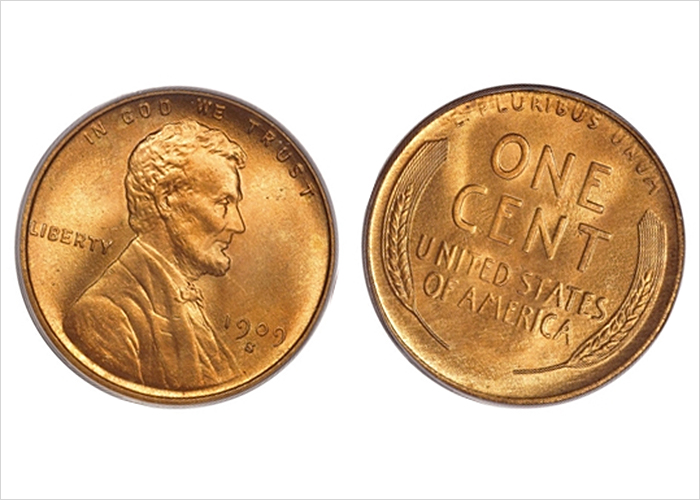
Discover why the Lincoln wheat cent is one of the most sought after element. Also known as Lincoln Wheat Cent, named so, as President Abraham Lincoln graced the front face of the one-cent coin coinciding with the centennial of Lincoln’s birth. Which wheat pennies are valuable?
Produced from 1909 to 1958, the wheat penny (also referred to as wheat back, wheat head, or wheatie) was designed by Victor David Brenner (The initials of its designer VDB are found on the reverse, centered below the wheat stalk.) Many people did not feel the New York sculptor’s initials were necessary so it was forced to be removed. In 1918 his initials were restored below Lincoln’s shoulder on the coin’s obverse.
All wheat pennies are worth at least triple their face value unless they are badly damaged or almost totally worn out. It is one of the most sought after coins by collectors and investors alike. Nevertheless wheat pennies are sometimes collected for nostalgia rather than money.
The wheat penny design
Lincoln’s portrait replaced the Indian Head Design that adorned American one-cent coin from 1859 to 1909. The reverse of the wheat penny displays two wheat stalks placed around the words “One Cent”. The design lasted fifty years in production by the US mint. Several scarce date and mint mark combinations survived two world wars, The Great Depression and monumental society changes.
It is the first American coin to bear a portrait. By 1959 under President Roosevelt’s order, Frank Gasparro replaced the stalks with a rendering of the Lincoln memorial in commemoration of his sesquicentennial birth and also to justify the change in design.
Are wheat pennies worth anything?
In general, these coins are worth only a few cents but some are quite valuable, in fact the scarcest wheat cents are very expensive, costing hundreds of dollars even in their worst conditions costs.
The 1909-S (San Francisco) VDB wheat penny is the most sought after, with a mintage of only 484, 000. In its extremely fine condition this coin sells from $1,000 to $5,000.
Wheat penny values
Which wheat pennies are valuable? Other rare wheat pennies include:
• 1909-S with a mintage of 1,825,000 ($100 – $500+)
• 1914-D ($225-$3,500+)
• 1922 no mint mark ($650-$40,000+)
• 1931-S ($115-$250+)
• 1955 Double-Die ($950-$5,000+)
The 1943 Bronze Wheat Penny is made out of steel to help ration out the copper for military purposes. This penny is very popular but is not necessary for completing the collection.
The wheat penny error coins
There were two considered error coins in the highly scarce Lincoln wheat penny series, the 1922 no mint mark and the 1955 double die.
1922 No mint mark
The no mint mark was produced in Denver in 1922, having a faint “D” and for some, with no “D” marks at all, thanks to the problem with the die. But be ware of the regular 1922-D cents which have their “D” mintmarks worn off on purpose.
Double Die
The double die bears a distinct, doubled image on its obverse unintended by the mint and thus considered an error. In 1955, the double die penny had a very strong following though, even as an error coin, die hard coin collectors still considered it as an essential for having the complete Lincoln cent collection.
Collecting wheat pennies
The collection of wheat pennies is easy and enjoyable and can be passed on to children as a hobby. Some are quite inexpensive making it preferable for starters.
Nowadays, wheat pennies are getting increasingly hard to find which occasionally turns out to be just located in pocket change.
Some people unknowingly keep hundreds and thousands of these in penny jars, drawers, boxes and maybe just lying around in the attic.





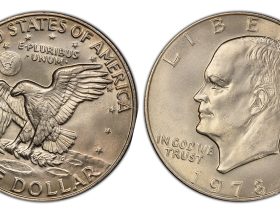
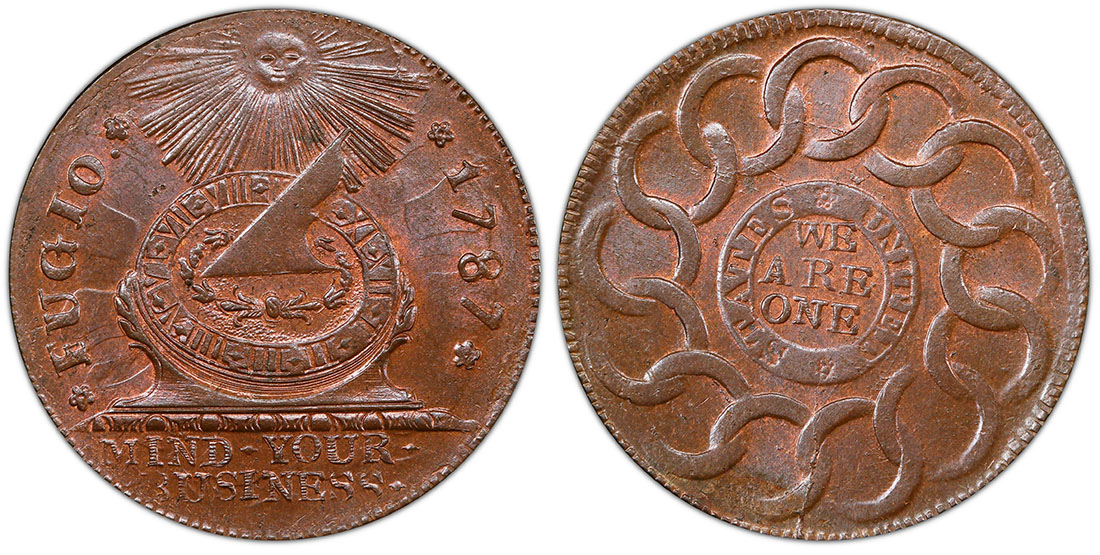
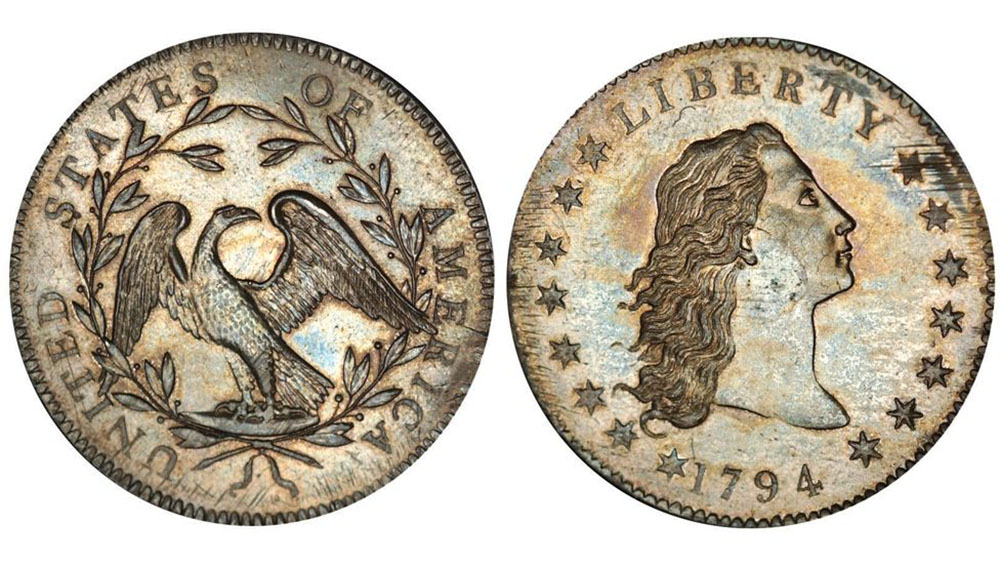
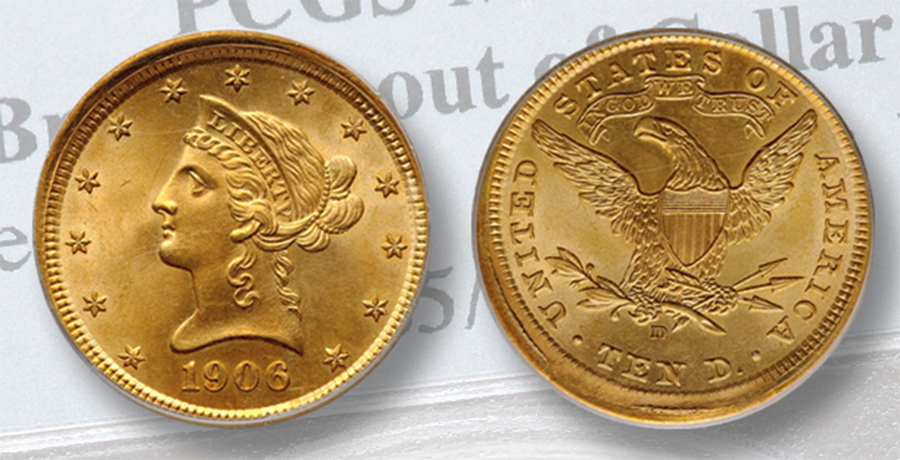

Leave a Reply